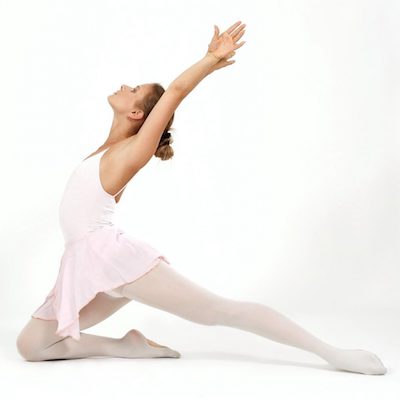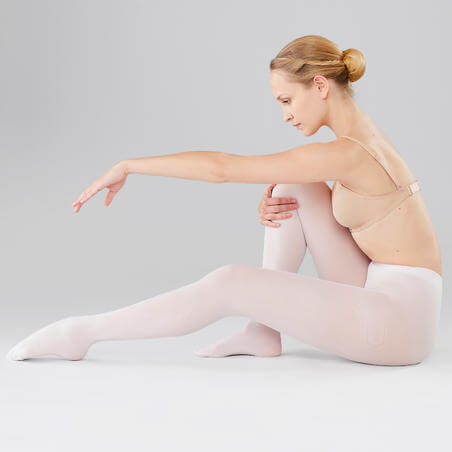If you are new to ballet dancing, you might have a lot of questions in your mind regarding ballet tights. Read this guide to understand what ballet tights are, how to take care of them and many other things.
What are ballet tights?

Ballet tights are special pairs of tights designed to withstand the rigours of many hours of ballet, rehearsals, sessions and performances. They are extra durable than ordinary tights and tend to have muscle tissue vibration. Generally, ballet tights are made of nylon, spandex, or cotton. Plus, they come in many different types and varieties such as:
Types of ballet tights
1. Convertible ballet tights
Convertible ballet tights are one of the most famous tights among ballet dancers. These tights are called convertible because they can be ‘converted’ quickly between footed tights and footless tights due to openings present under the sole of the foot. Convertible ballet tights are beneficial as they allow you to roll up your tights to switch between dancing in your ballet shoes or dancing barefoot.
The opening under the feet is flexible, which make it easy to pull your foot through and at the same time, it is tight enough to fit snugly around your foot. The opening in convertible ballet tights is also installed to prevent the tights from laddering.
Convertible ballet tights are great for dancers dancing on pointe because their easy roll-up feature allows them to apply plasters or toe spacers when putting pointe shoes on.
2. Footed ballet tights
Footed ballet tights are often preferred by kids, senior students and adult ballet dancers who are not dancing on pointe. These tights cover the whole of your foot and have no hole. Moreover, footed tights are frequently worn for character dancing too. This is a practical choice as you don’t need to roll your tights up to switch between dancing in pointe shoes and to dancing in flat ballet shoes.
3. Compression ballet tights
Compression ballet tights are an excellent option for dancers of all levels and abilities. They are designed to enhance blood circulation to the legs and muscles, so the dancers don’t feel tired even after long periods of dancing. Furthermore, it boosts recovery and alleviates Delayed onset muscle soreness. Compression ballet tights have gained immense popularity amongst professional ballet dancers and students during the past few years.
Colours of ballet tights
Ballet tights come in various colours, including pink, black, white, and tan. However, pink ballet tights are the most common and traditional; they are essential for children’s ballet classes and a popular choice among adult ballet dancers as well. On the other hand, black tights are super-versatile and loved by dancers of all ages.
How to wear ballet tights?
First, you need to buy ballet tights that fit you perfectly. It should fit tight along your waist and leg; plus, there must be no bagginess to them. If your tights are too see-through, you should try another brand or larger size.
After you have to find the perfect fit, simply put them on and pull them up, so they fit you nicely. Female dancers generally don’t wear any underwear under their ballet tights. Because it can ride up during extreme motions of ballet and become uncomfortable. Instead, they wear ballet leotards over the ballet tights.
While men wear a dancer belt under their ballet tights to increase support and comfort, normally, the colour of the dance belt is similar to the dancer’s skin tone to make it less noticeable.
How to clean ballet tights?
To prolong the life of the ballet tights and avoid shrinking, washing them by hand in cool water using only a mild detergent is recommended. However, if you want to wash your ballet tights in the washing machine, try to use a gentle washing machine cycle at a low temperature with a mild washing detergent.
Also, wash your tights with similar coloured garments to prevent colour mixup and avoid washing them with clothes having zips that could tear the tights and cause them to ladder. Dry ballet tights by hanging them out in the air but make sure to hang them away from any sources of direct heat. Plus, also avoid tumble drying of ballet tights in order to maintain their shape and elasticity.
Final words
That’s all about ballet tights. We hope that now you have a clear concept of what ballet tights are and how you can take care of them.


One reply on “Everything You Need to Know about Ballet Tights”
Thx.